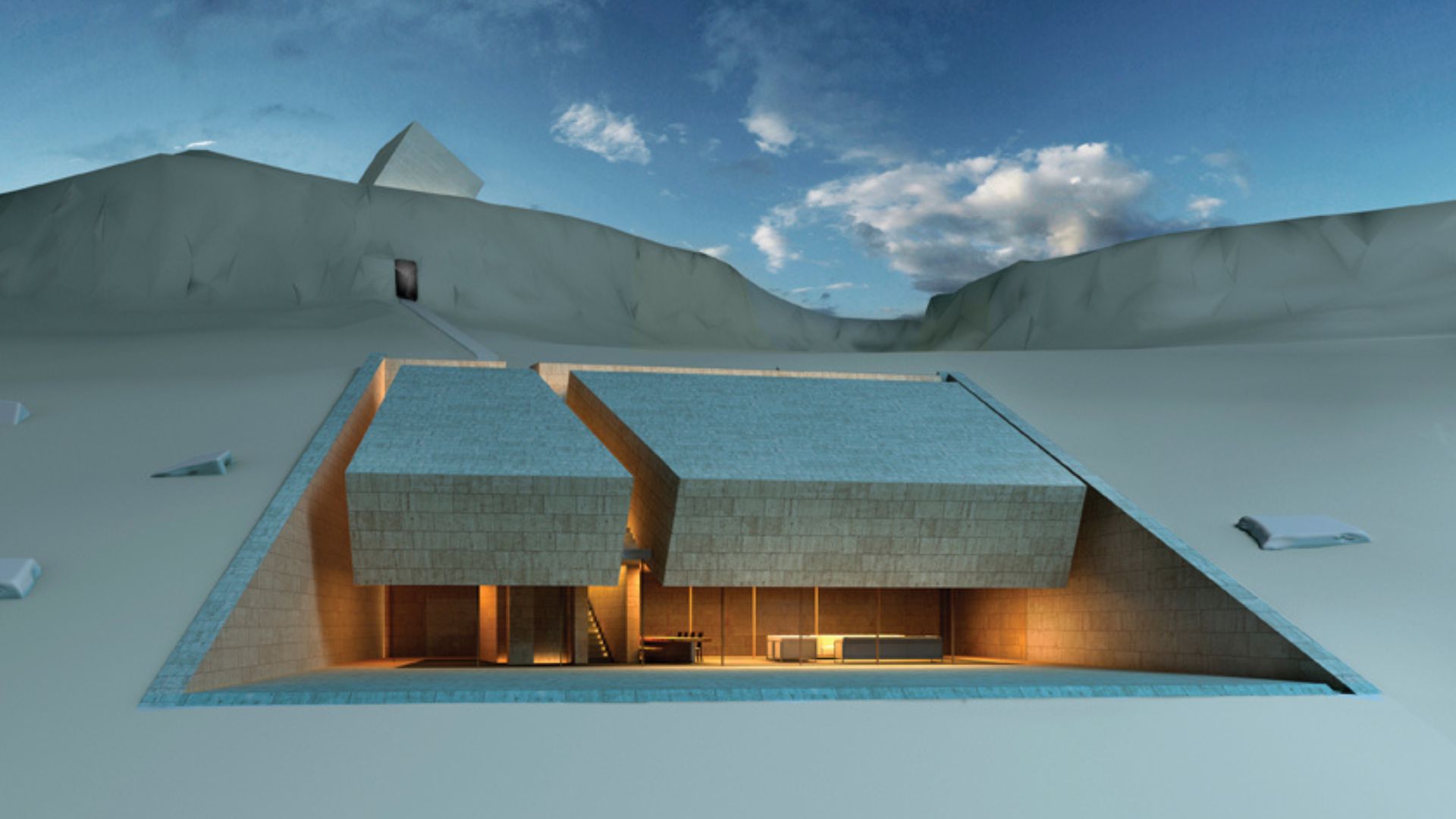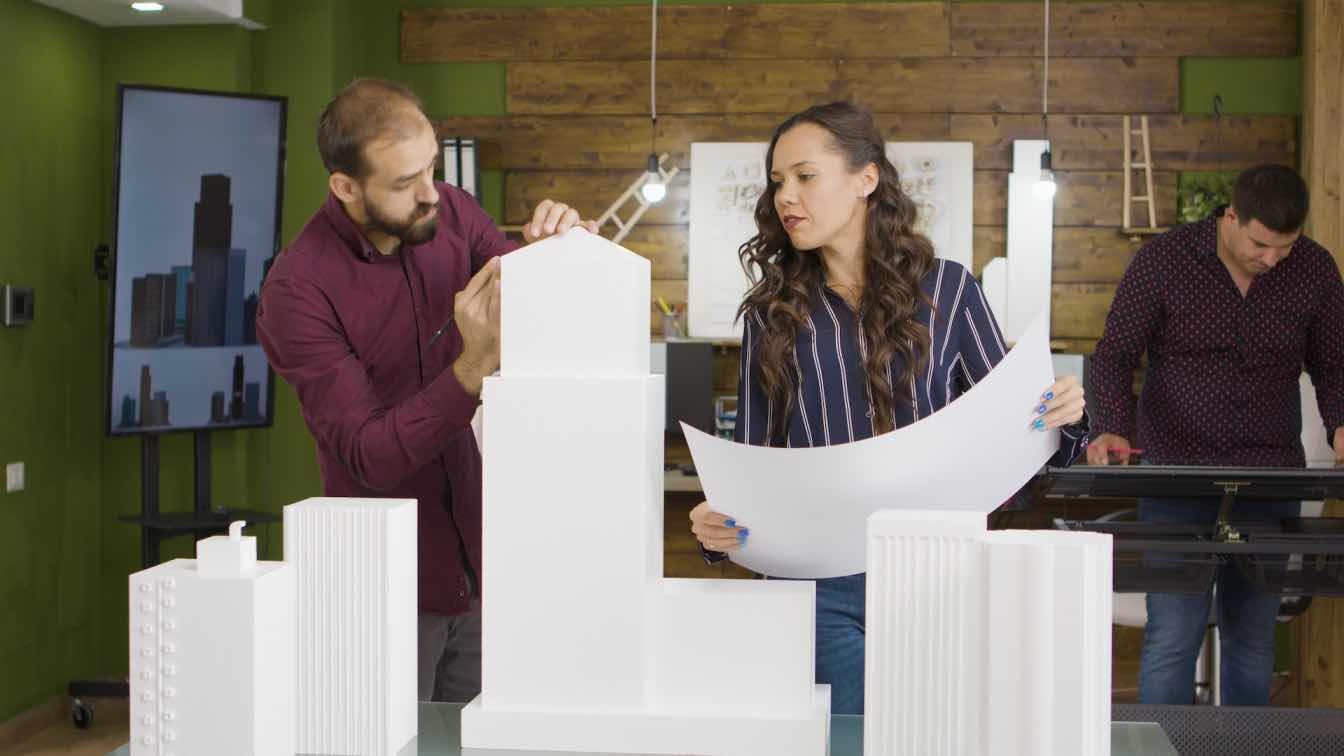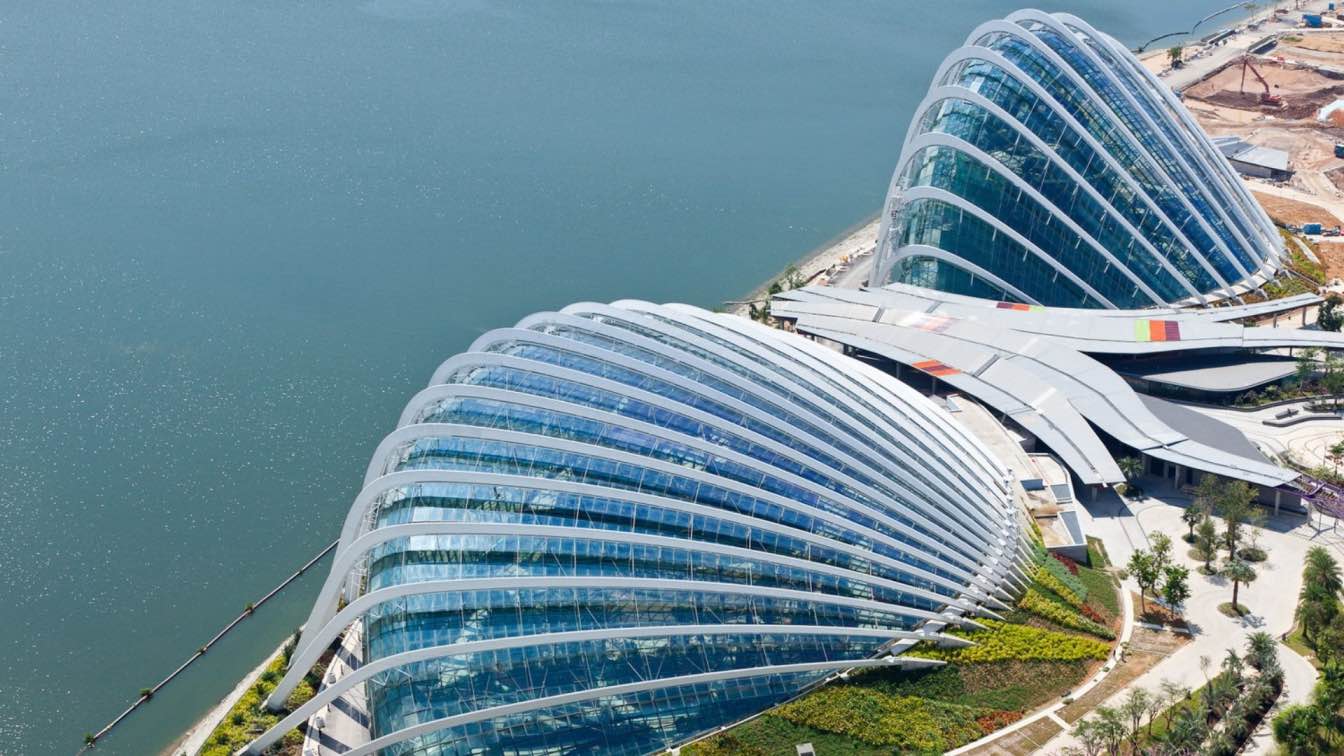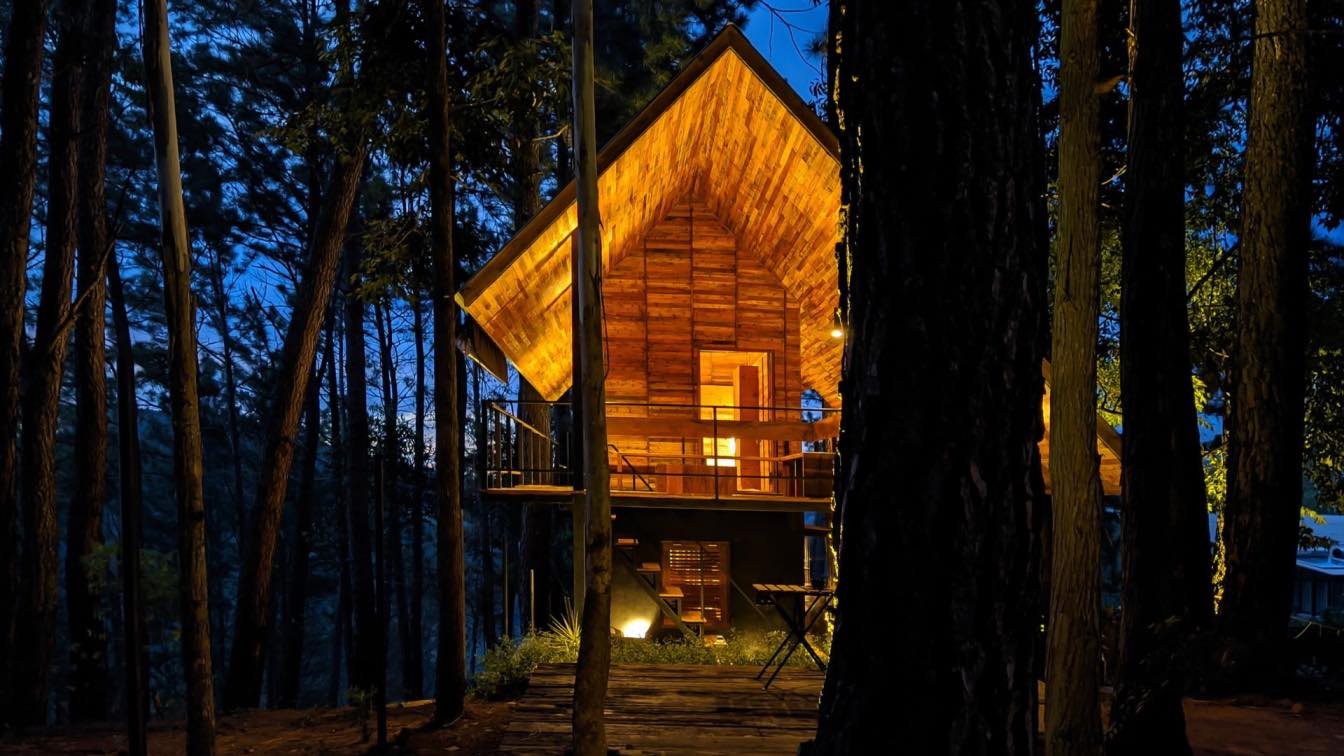Yoga and meditation help in popularizing physical and mental well-being, as well as allow you to achieve inner harmony and relaxation. If a few years ago people specifically went to engage in spiritual and physical practices in specialized studios or went to other countries to ashrams, now a comfortable and suitable space can be organized in your own home. Recently, in premium private residences one can find not only a swimming pool, gymnasium, tennis court, but also a space for meditation.
Meditation not only helps with relaxation and stress reduction, it improves your ability to focus, increases awareness, and promotes spiritual growth.
Meditation practices require a certain atmosphere, which is created through uncluttered spaces, using natural materials and patterns, color combinations, sound, aromas, as well as temperature regimes, air quality, etc. Meditation rooms should not only be comfortable, but also conducive to immersion in the desired physical and emotional state. Lighting plays an important role here, as it plays an important role in shaping the atmosphere, emotional comfort and perception of the environment.
Natural light
A person is primarily influenced by natural light, it affects both emotional and physical health. For yoga and meditation, it is important to be able to control sunlight, since a person may need different light conditions to concentrate. The most convenient option is to have a smart home system, with which you can control curtains and blinds, darkening the space or, conversely, letting natural light into the interior.
Professional yoga and meditation studios recommend using natural light as much as possible. These spaces are chosen with large windows or floor-to-ceiling glazing, as well as skylights. Sunlight creates a visual connection with the outside world and gives a feeling of openness.
Artificial Light
In the dark, with the curtains closed or in rooms without windows, artificial lighting plays a major role in creating the right atmosphere of relaxation. Diffused, warm light promotes a sense of calm, helping to calm the mind, while dimmer lighting can promote introspection and inner focus. Color temperature can also influence mood, energy levels and the overall atmosphere of a space.
Balanced light conditions help to maintain a state of concentration. Artificial lighting, its intensity, color temperature and dimming can be controlled in various ways within the smart home system. These can be centralized control panels with pre-programmed light scenarios according to the occupant's wishes (e.g. by time of day, day of the week, season), control via mobile devices or conventional dimmers, as well as switches controlling different groups of lights. Dimming helps to create flexible conditions for realizing different practices and meditative states.
You can also use colored light in meditation rooms, depending on the practice. For example, using warm amber light to simulate the effect of a candle flame can be a substitute for the traditional candles that are often used in spiritual practices. Color shimmers can help to get a new experience and experience new emotions. Dynamic lighting can help create a more productive immersion in certain states and change emotional perception.
Minimizing distractions and spatial architectural purity help deepen the connection between body and mind. In global designs for a variety of meditation spaces, light often plays one of the leading roles. Minimizing unnecessary objects is compensated for through lighting effects, colored lights and automation systems with light scripts.
Industrial designers also use lighting in personal meditation objects. For example, the original capsule in the shape of a sphere and a cozy interior space allows a person to relax in an aura of colored light and isolate themselves from the surrounding sound. The white dome-shaped space turns into a personal sky, where the fusion of colored light and resonant sound built into the capsule occurs.
Meditation rooms can be non-attached and mobile. For example, in the inner space of the bus you can create a cozy and quiet place where you can study in a group. In such a limited space (moreover without windows) the necessary atmosphere forms lighting.
Even entire structures are designed in accordance with the meditative concept and solitude. For example, a mono-volume dug into the rock is a vertical rectangular structure without a roof, facing Mecca. By detaching itself from all sounds of the outside world, the structure allows one to return to the bosom of nature. Inspired by the Prophet's meditation practice in the cave, the semi-enclosed architecture reinforces the practice of prayer and meditation, an essential aspect of proper Islamic living.
An outdoor botanical garden can also act as an accessible space for meditation, yoga, tai chi and other spiritual practices for city residents. Such spaces are designed to demonstrate the aesthetic concept of “slow living”, which is particularly relevant in China, for example. Lighting integrated into the landscape, objects made of natural materials, and a water mist generation system help to create a space where one can relax, enjoy aesthetic pleasure, and unwind physically and emotionally.





